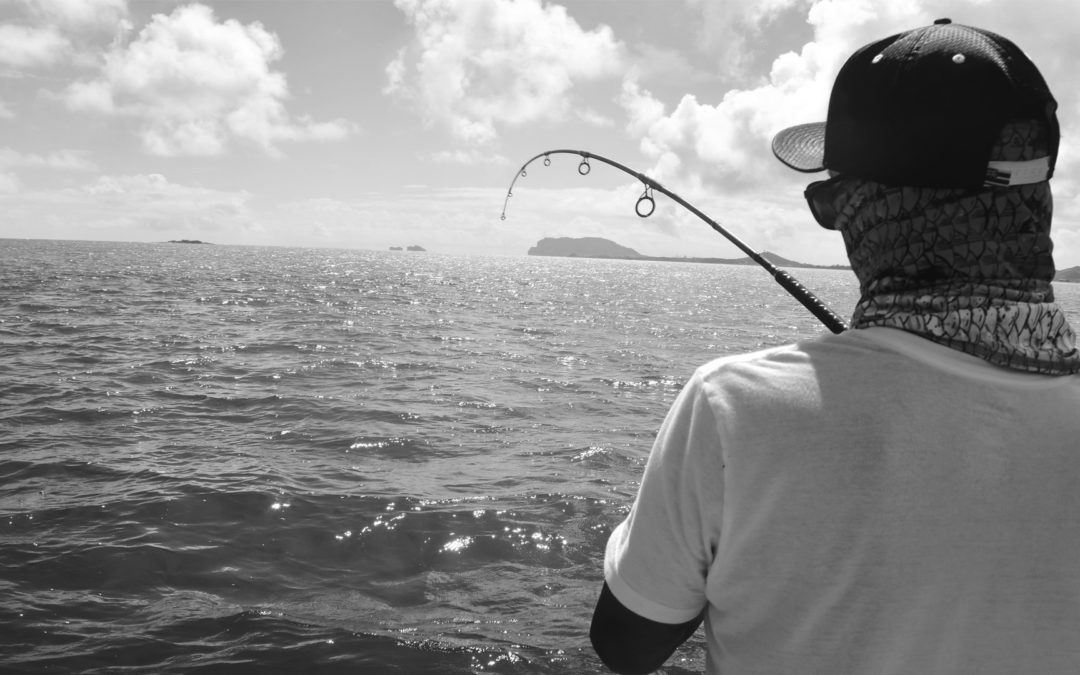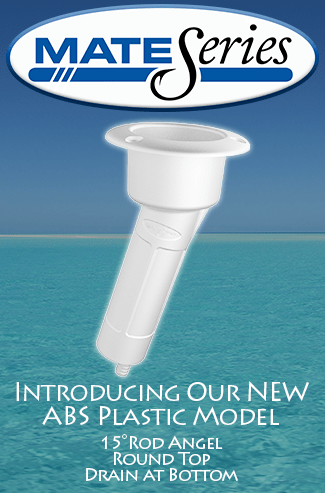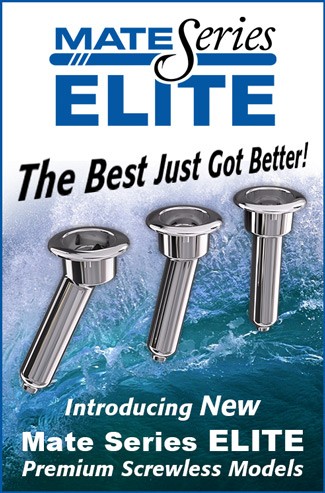Monofilament or Braided Fishing Line.
There are two main types of fishing line; Monofilament or Braided.
Monofilament line is a single line manufactured from nylon or another synthetic material such as Dacron. This type of fishing line is smooth and transparent. It is also available in special colors that makes it visible to you, but not to the fish.
Mono filament line is ideal for freshwater fishing and inshore fishing as it is especially suitable for casting and spinning.
Braided fishing line is heavier duty. This is manufactured from fibres which are woven together so is thicker than Monofilament. Braided line is ideal for sports fishing and catching larger species offshore such as tuna and shark.
The Strength of the Fishing Line
The strength of the fishing line is measured in pounds. This is called the test and the test of your line should roughly match the weight of the fish you are aiming to catch.
For example a line for catching tuna should have a 30lb test whereas the line for catching river trout will be much lighter at around a 4lb test.
In general braided line 30lb plus is recommended for sports fishing because it makes reeling in much easier. However using a lighter line takes more skill and makes for more of a fight.
When you are choosing fishing gear the general advice is to use the lightest fishing gear in order to keep weight down so it is less tiring and because it requires more skill to use a lighter line. This has to be balanced with the fishing line’s capabilities.
If you are taking part in fishing competitions, the test of the line may be specified.
Dyneema, Dacron, Spectra and Nylon
Nylon is the most common synthetic fibre used in fishing line and offers a good balance between strength and stretch and abrasion resistance. Dacron which is based on polyester is slightly better and offers low stretch as well as improved strength and flexibility.
Dyneema or Spectra are two brands of fishing line that offer the best capabilities. Manufactured from ultra strong polyethylene fiber they are lightweight and can float while possessing a high tensile strength. For example a 130 lb test in Dyneema or Spectra is the same weight as a 30lb test in nylon, so it fits on the reel easily without adding to the weight of your kit.
The type of fishing that you do will require different lines. For example if you need to do a lot of casting, a smooth fishing line that comes off the spool easily will help with long accurate casts.
Line stretch is also important. In most cases, line stretch interferes with sensitivity and the ability to play the fish, however if you are trolling, some stretch can be desirable as it enables the line to settle in soft mouthed fish.
Line memory is a common bugbear. This is when the fishing line goes back to the shape of being wound around the spool. Lines that stay straight direct from the reel lead to improved casts and less friction on equipment.
In conclusion
Whatever type of fishing you do, it is important to choose the correct fishing line and to make sure you have plenty of it, because as we all know, you will probably lose more than you expect.
That said paying extra for better quality line such as Dyneema or Spectra is well worth the added investment. Not only is it longer lasting, easier to use and much stronger than Nylon or Dacron. Added advantages include low line memory, greater resistance to abrasion and a low weight for carrying.






